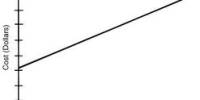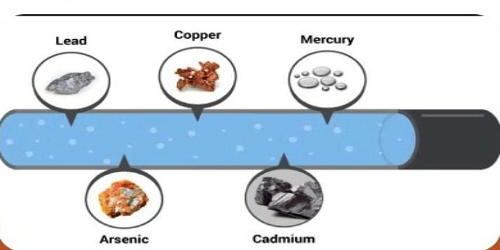INTRODUCTION
An inventory is a stock or store of goods. Keeping an optimal amount of raw materials in stock is a crucial component of any production-oriented organization. Before a product can be manufactured, the raw materials must be in stock and in good quality.
Inventory control is a crucial part of the production system. Essentially inventory control is concerned with production planning. It determines inventory of a finished product or inventory of materials used in making such products. Inventory control is affected by changes in customer demand, holding costs, ordering costs and back order costs. Improper inventory control hampers operations, diminish customer’s satisfaction and increase cost of production.
The nature and importance of inventories controls
Inventories are a vital part of business. Not only are they necessary for operations, but also they contribute to customer satisfaction. A typical manufacturing firms carries different kinds of inventories, including the following:
- Raw materials;
- Partially finish goods (work in progress);
- Finish goods;
- Replacement parts;
- Goods in transit to ware house or customers.
Function of inventory control
- To meet anticipated customer demand;
- To smooth production requirement;
- To decouple operation
- To protect against stock outs;
- To take advantage of order cycles
- To hedge against price increases
- To permit operations
To meet anticipated customer demand:
The inventories refer to as anticipation of stock. The requirements of a customers lead to maintain sufficient stocks which may possible by using efficient tools of inventory control
To smooth production requirement:
Firms have experience seasonal demand often builds up by inventories during preseason periods to meet overly high requirements during seasonal periods.
To decouple operation:
Historically, manufacturing firms have used inventories as buffers between successive operations to maintain continuity of production. Firms have used buffer of raw materials to insulate production in delivers from supplier. Companies have taken closer look at buffer inventories.
To protect against stock outs:
Delayed deliveries and unexpected demand increase the risk of shortages. Delays can occur because of weather conditions, supplier’s stock outs, delivery of wrong materials, quality problem and so on. The risk of shortage can be reduced by holding safety stocks.
To take advantage of order cycles:
It is usually economical to produce in large rather than small quantities. To minimize inventory costs a firm buys large quantities that exceed immediate requirements.
To hedge (be cautious) against price increases:
Occasionally, firms suspect that substantial price increase and purchase large quantities. It depends on the ability of storage.
To permit operations:
The fact that production operations take a certain amount of time means that there will generally be some work in progress or any other factors may lead to pipe line inventories.
Objective of Inventory control
Inadequate control of inventories can result in both under and overstocking of items. Under stocking results lost sales and dissatisfied customers. Overstocking can be increased holding cost as a result increase product price.
The overall objective of inventory management is to achieve satisfactory levels of customers. Balance of stocking requires satisfying the customers.
Requirements for effective inventory
Management has two basic function concerning inventory. To establish a system keeping truck on items in inventory and make decision about how much and when to order. To be effective management must have the following:
- A system to keep track of the inventory on hand and on order;
- A reliable forecast of demand ;
- Knowledge of lead times and lead time variability;
- Reasonable estimates of inventory holding costs, ordering costs, and shortage costs;
- A classification system for inventory items
The management must take closer look at each of these requirements.
















